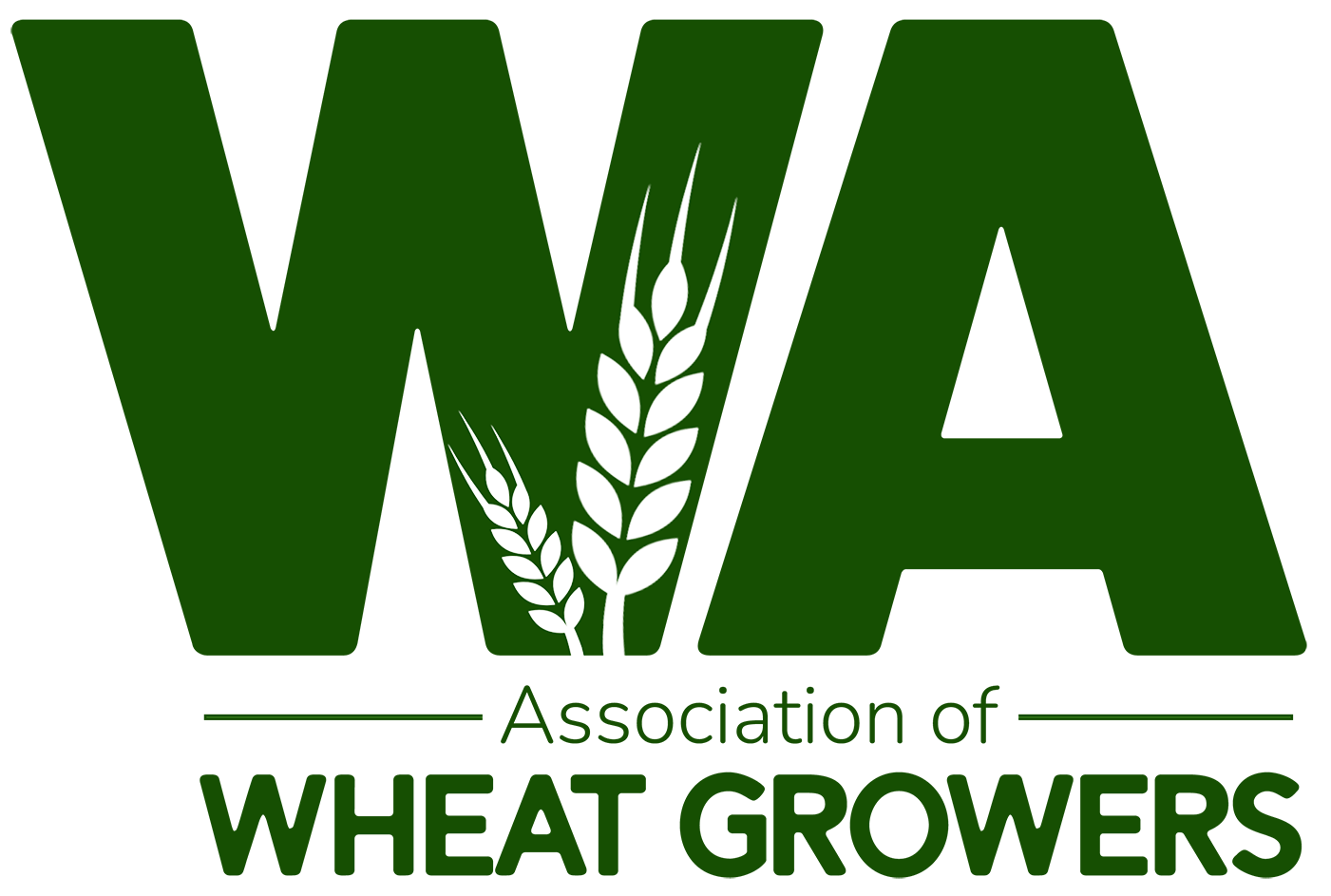
More than 85% of Washington’s wheat is destined for overseas markets, such as Japan, Taiwan, and the Philippines, where it will be made into noodles, cakes, and cookies. But how does the grain get from farmers’ fields to consumers’ plates half a world away?
Companies, such as United Grain Corporation, operate export terminals in areas where ocean-going vessels can dock to load (and unload) commodities. Most of the time, export terminals are located near a coast, often along a river or bay that is deep enough to handle these huge vessels.
United Grain Corporation (UGC) operates an export terminal in Vancouver, Wash., where they ship nearly 6 million metric tons of grains and oilseeds around the globe. Once a customer orders a shipment of grain, UGC sources that grain either from their own storage or from inland elevators. The grain is sent to the export terminal by train and barge and is then loaded onto a ship. The process sounds straightforward, but the logistics of finding the product the customer has ordered and getting it to Vancouver in time to meet the ship is anything but simple. UGC’s Stephanie McClintock explained the process in more detail.
How do overseas customers place an order for wheat?
Buyers will usually solicit offers and UGC’s merchandising team will work with overseas customers to negotiate sales contracts and terms.
When a customer orders a load of wheat, what options do they have?
Class of wheat, protein, amount, timing are all options. We follow U.S. grain standards for quality factors generally, but there are many options available for the buyer to get exactly what they want.
What is the time between when an order is placed, and when it is delivered?
That depends on when they want it to arrive. We generally sell orders about two months before the ship arrives for loading, then it takes about three weeks to sail to the customer, so it’s an average of two to three months after the order is placed.
What is the average size of a wheat shipment?
Sales quantities can vary greatly, but an average wheat sale may be around 50,000 tons or 1.8 million bushels.
Does UGC generally store enough wheat to fill a customer’s order?
We have the largest storage capacity of any West Coast export terminal, 8 million bushels. We can store enough to load three or four big ships, but due to logistics, we always have a little of everything on hand, so we must coordinate the arrival of some product with the arrival of the vessel.
How does UGC work with inland elevators?
Inland elevators are the initial step in our supply chain. We strive to partner with producers in providing a market for their product. From the inland elevators, product is moved to our export terminal by either rail or barge.
Does UGC have contact with farmers?
Yes. Our team works with producers to provide them with market intelligence and strategies. We have a fleet of services we offer to help producers maximize their opportunities.
When you get a load of wheat in, what do you test it for?
When the wheat is first brought to the local elevator, it is tested for moisture, protein, impurities, and test weight to make sure it meets our requirements and to help identify how the wheat should be segregated in storage. Samples are then sent out for more complete grades. The wheat is again tested when it is loaded out of the local elevator and at least once more when the Washington State Department of Agriculture grades the wheat, at the export terminal, before it is sent to the purchaser.
What is blending, and why do you do it?
An overseas customer will ask for a certain level of protein, or specific grades factors, in the wheat, and we will blend different factors to meet the customer’s request.
How do you separate and store wheat?
Our export terminal has over 250 storage bins, and we will separate based on grade factors.
Besides wheat, what else does UGC handle at the Vancouver facility?
UGC also handles soybeans, corn, sorghum, and canola.












